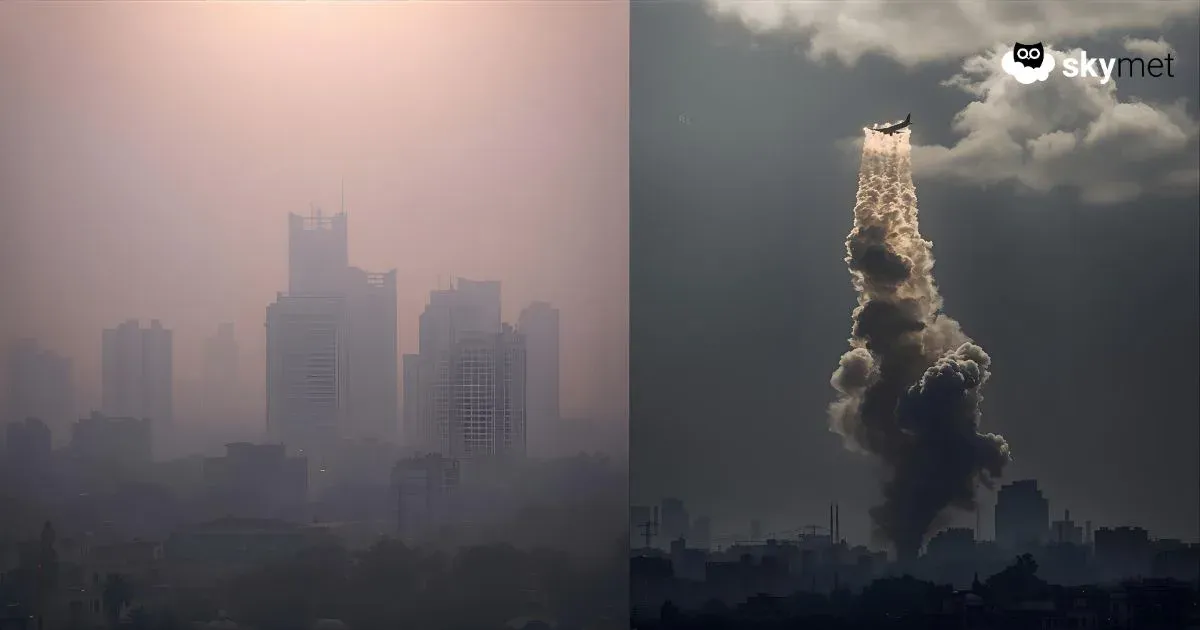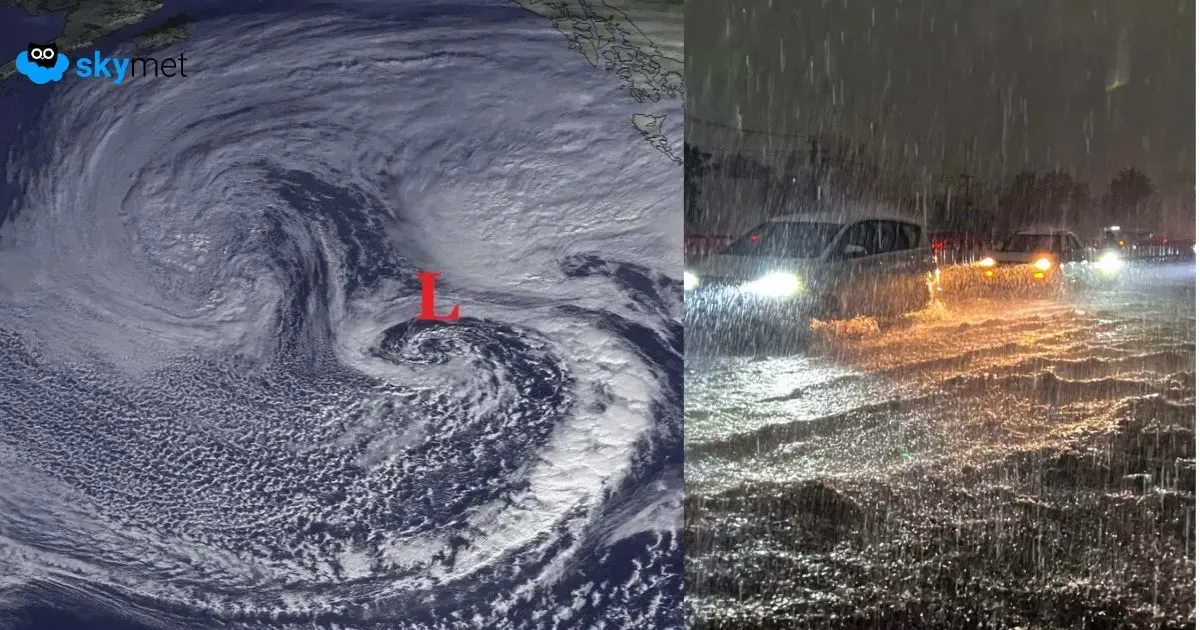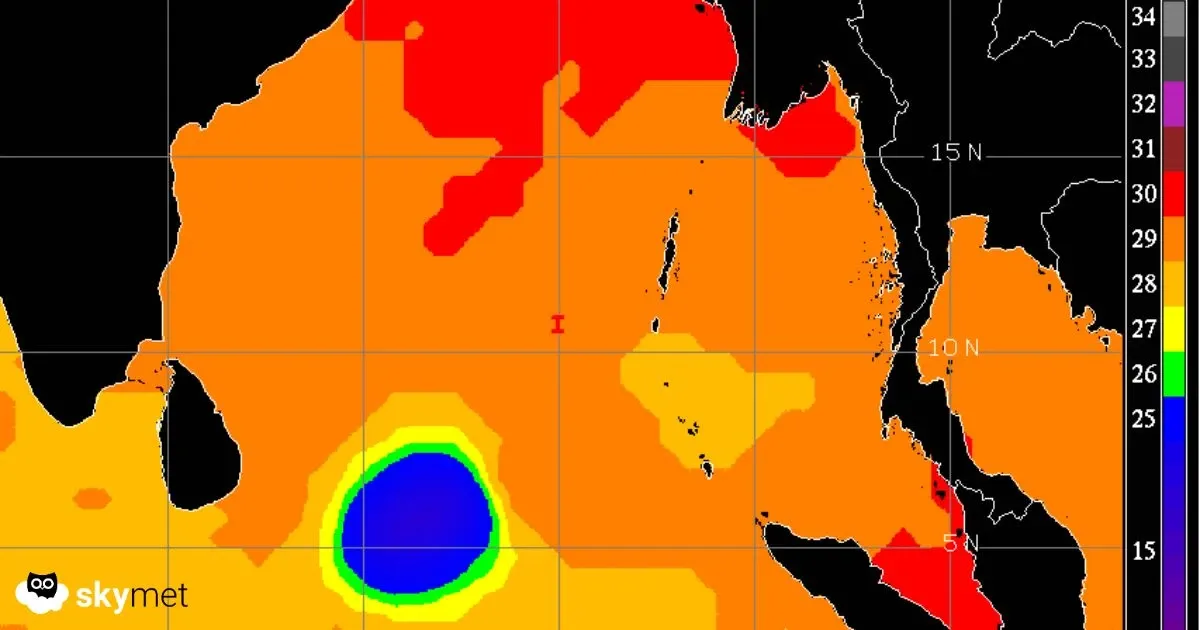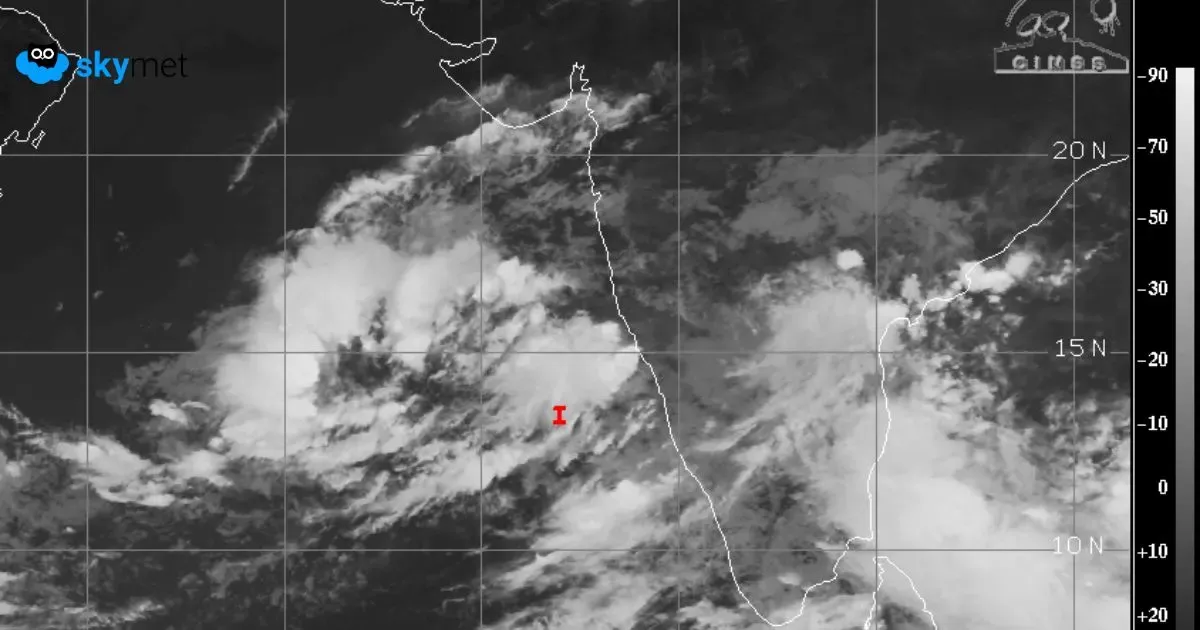Air pollution in the national capital Delhi has reached a dangerous level since Diwali. The air quality is continuously deteriorating, forcing residents to breathe toxic air. In such a situation, the Delhi government has taken a historic step to deal with pollution — preparations have been completed to induce artificial rainfall through cloud seeding.
Cloud seeding trial successful in Burari
Delhi Chief Minister Rekha Gupta announced on Thursday that for the first time, artificial rainfall will be carried out in the capital using scientific technology. Its successful trial has been conducted in the Burari region. The trial flight was operated by the IIT Kanpur team in collaboration with the Delhi government and the India Meteorological Department (IMD). This trial flight covered the IIT Kanpur – Meerut – Khekra – Burari – Sadakpur – Bhojpur – Aligarh – Kanpur route. During this time, flares (silver iodide and sodium chloride) were released between Khekra and Burari to test cloud behaviour and the readiness of technical equipment. If the weather permits, the capital may witness ‘scientific rainfall’ on 29 October.
Pollution reaches dangerous levels in Delhi
Delhi’s air has become highly toxic these days. According to the Central Pollution Control Board (CPCB), the average AQI of Delhi was recorded at 322 on Thursday, which falls under the ‘very poor’ category. The air quality in several areas of the city remains extremely concerning —
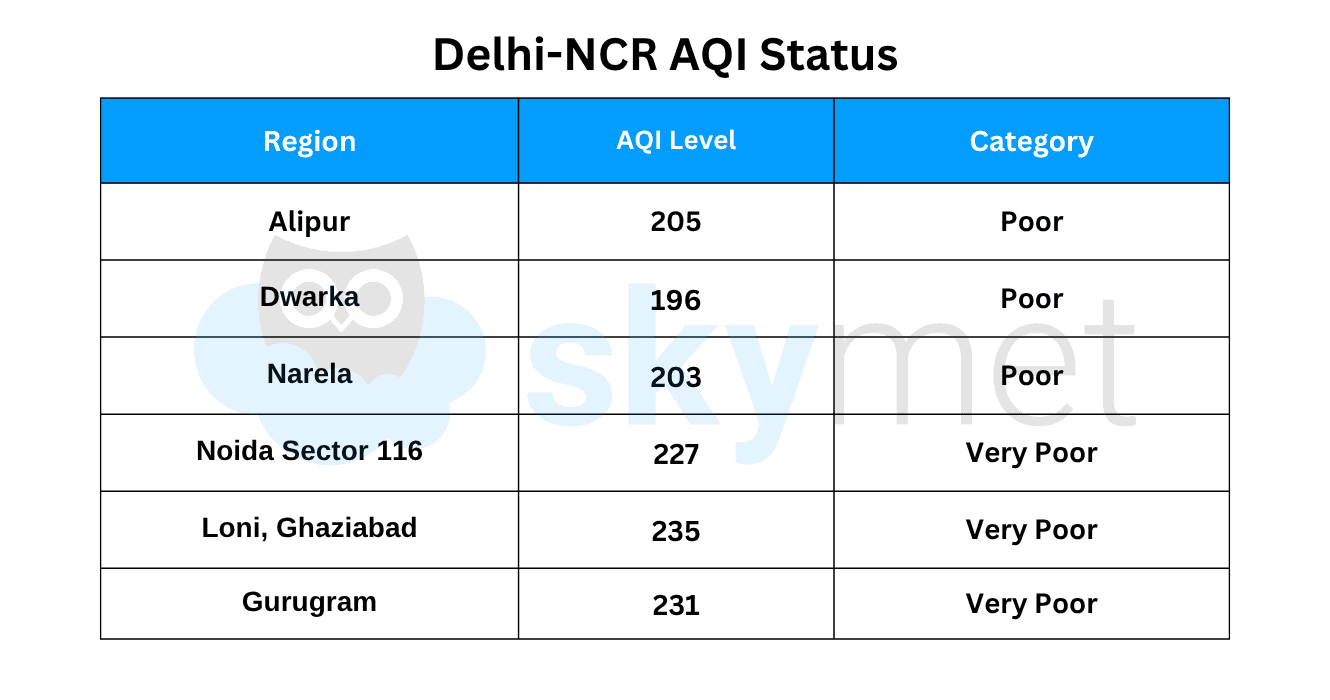
Experts say that smog, stubble burning, and vehicular emissions have made Delhi’s air even more toxic. For this reason, the government has chosen cloud seeding — to settle dust and pollutant particles present in the air.
Rain likely between 28 and 30 October
Cloudy weather is expected over Delhi and nearby areas on 28, 29 and 30 October. If weather conditions remain favourable, artificial rainfall will be carried out in Delhi for the first time on 29 October. According to meteorologists, this process is only possible when there are enough clouds in the sky. First comes the ‘cloud’, then the ‘seeding’. Meteorologists are continuously monitoring the situation to begin the procedure at the right time.
What is cloud seeding?
Cloud seeding is a scientific technique in which chemicals are released into clouds to attract moisture and increase the chances of rainfall. Normally, when the water droplets present in clouds become heavy, they fall as rainfall. But when this process does not occur naturally, scientific intervention is used. In cloud seeding, chemicals such as silver iodide, dry ice, or sodium chloride are released into clouds using aircraft. These substances cause small water droplets in clouds to combine into larger droplets, resulting in rainfall. This technique is also used to bring rain in drought-affected areas, to prevent hailstorms, or to reduce pollution.
When has artificial rain been conducted in India?
Cloud seeding is not new in India. Previously —
- In 1984, this technique was used for the first time in Tamil Nadu to deal with drought.
- Two major attempts were undertaken between 1984–87 and 1993–94.
- Karnataka and Maharashtra carried out cloud seeding in 2003 and 2004.
- In 2019, the Maharashtra government again used this method due to low rainfall in the Marathwada region.
Now, Delhi is set to become the first capital city to use this technology for pollution control.
Scientific purpose of the trial flight
The flight conducted in Delhi was not just a technical test but also an example of multi-agency coordination. Scientists from IIT Kanpur, and experts from IMD and IITM Pune jointly designed this trial. The objective of the trial was to assess the capability and functionality of cloud-seeding flares. It also involved testing the aircraft’s operational ability and equipment settings, and preparing coordination among various government agencies. Along with this, the formation and physical behaviour of clouds were also studied. The artificial rain trial flight lasted for about four hours and was technically successful on all parameters.
Approval from DGCA, IIT aircraft to be used
The Directorate General of Civil Aviation (DGCA) has approved this project from 1 October to 30 November. Under this approval, IIT Kanpur’s Cessna 206-H (VT-IIT) aircraft has been authorised for this operation. This aircraft will fly under Visual Flight Rules (VFR) and will follow all safety and Air Traffic Control (ATC) regulations during each flight. The project has also received approval from 23 government departments.
Joint initiative of Delhi Government and IIT Kanpur
This entire project is a joint effort by the Delhi government, IIT Kanpur, IMD, and IITM Pune. Last month, a Memorandum of Understanding (MoU) was signed between the two institutions under which five experimental cloud seeding trials will be conducted. These trials will mainly focus on pollution-affected areas of North-West Delhi.
Other efforts for pollution control
Along with cloud seeding, the government has also implemented several on-ground measures —
- 70 new anti-smog guns are being installed.
- 70 mechanised road sweepers have been deployed to reduce roadside dust.
- 140 litter pickers will remain active on 1440 km of Delhi roads.
- Monitoring has been intensified at 13 pollution hotspots through the ‘Green War Room’.
How will artificial rain help?
Experts believe that if the experiment succeeds, Delhi could get temporary relief from pollution. After artificial rainfall, PM2.5 and PM10 particles present in the air will settle down, resulting in improved air quality. Additionally, this process can increase moisture in Delhi’s air and reduce the thickness of smog. According to meteorologists, even 3 to 4 mm of rainfall from cloud seeding could bring a 25–30% reduction in pollution.
The road ahead
If the weather supports the experiment on 29 October and artificial rain is successful, it will pave a new path for India. The government is considering implementing this project regularly during the pollution season (October–November). IIT Kanpur scientists believe that in the coming time, this technology could prove beneficial in cities like Mumbai, Lucknow, and Kolkata as well.
Conclusion
Delhi is now turning to science in the battle against pollution. If artificial rainfall occurs on 29 October, it will be a milestone not only for Delhi but for the entire country. Scientific interventions like cloud seeding show that when it comes to tackling environmental challenges, technology and science can be the most powerful tools.


